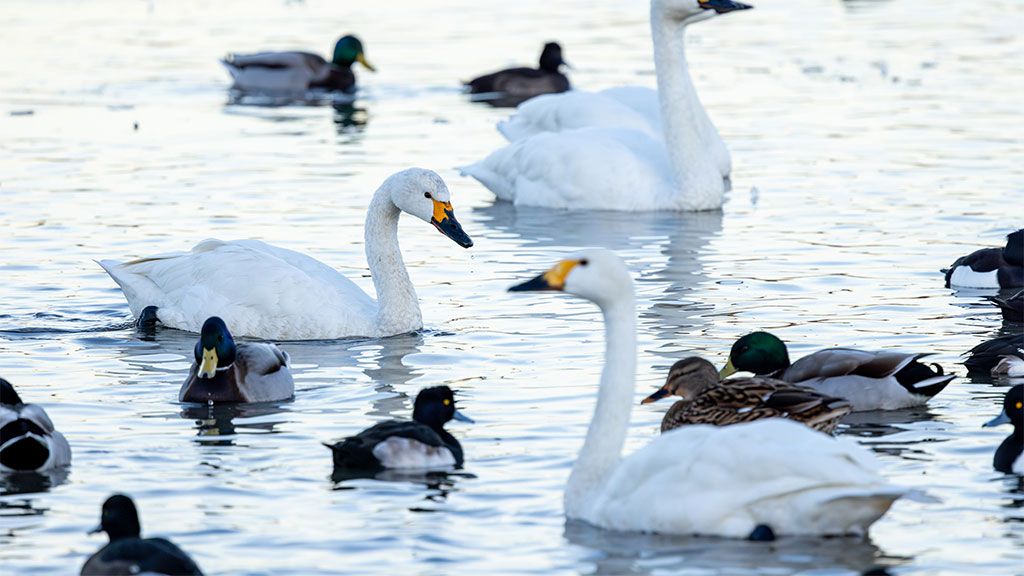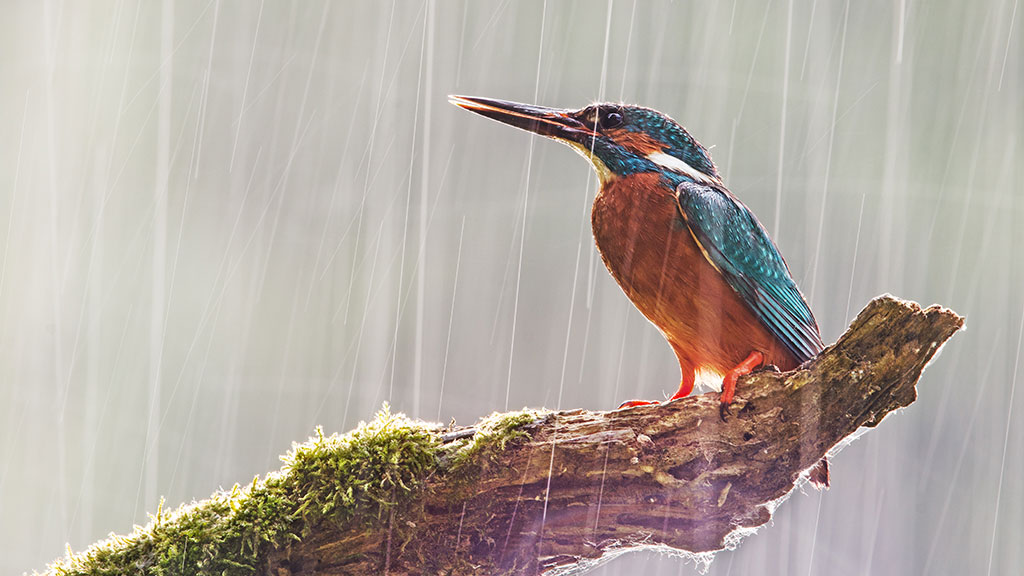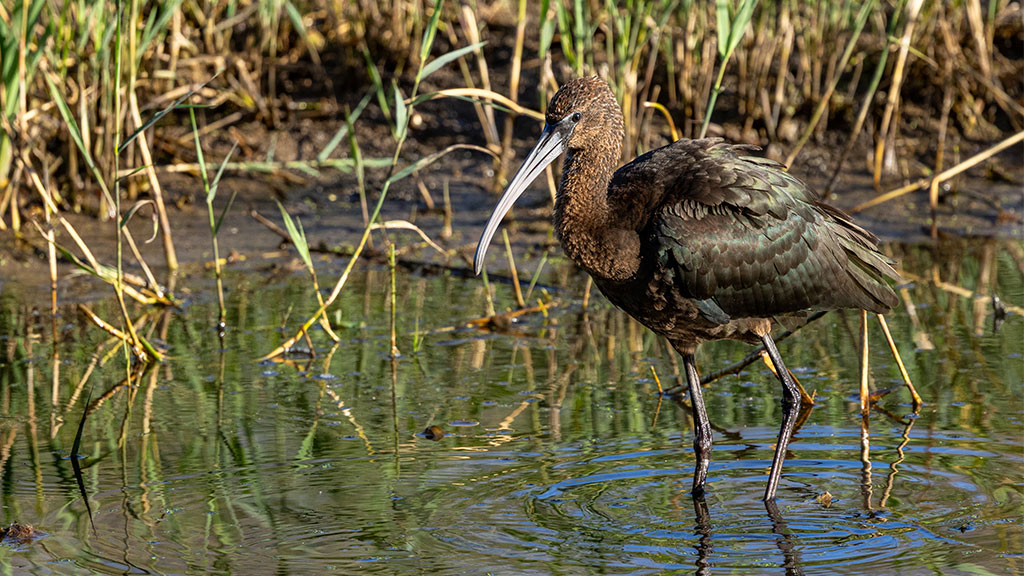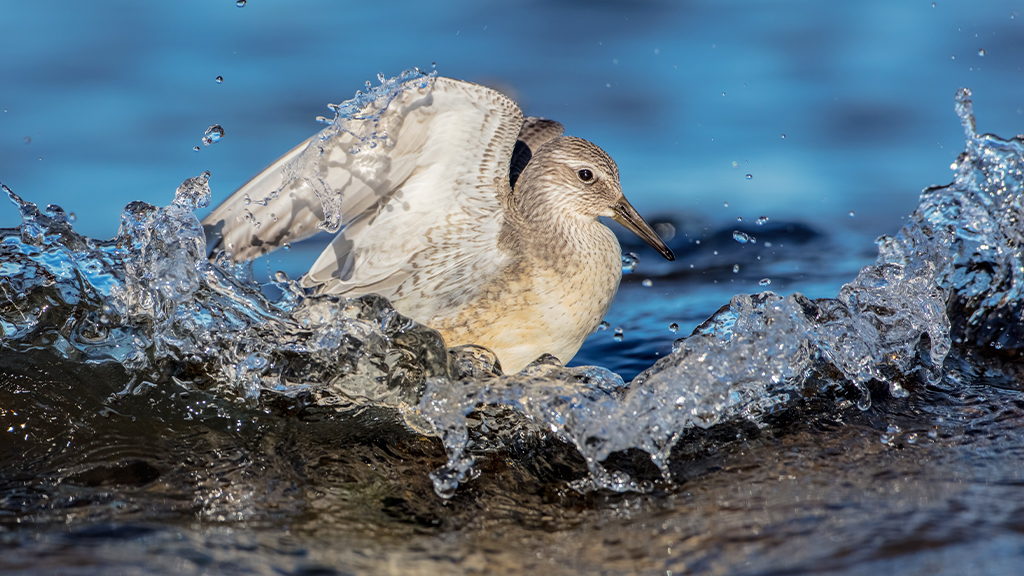Explore with Steve Backshall: Hibernation
As the seasons change, many of our native mammals, amphibians and reptiles are gearing up for their winter sleep. Steve Backshall shares how you can give nature a helping hand when it comes to hibernation.
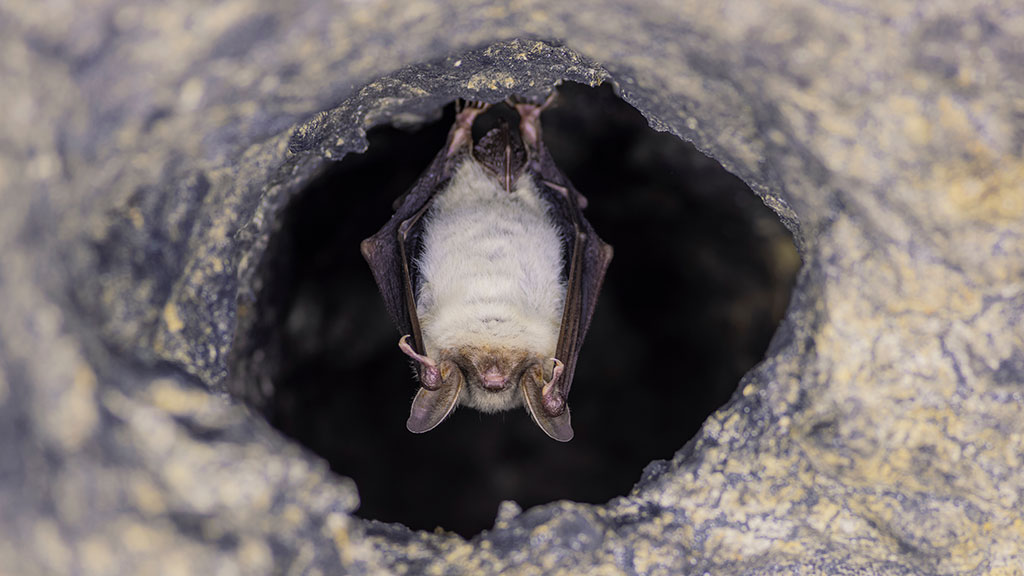
Autumn is an amazing time of year. There are all sorts of birds making their way to this country to spend the winter – such as swans, geese and ducks – while there are also many types of animal that disappear.
Many of our birds spend only the summer months with us, breeding and rearing their young, before flying south to spend the winter in the warmer African countries. But they’re not the only ones to disappear. Have you ever noticed that, through autumn and winter, quite a few other types of animal disappear, too? Several mammals, our amphibians and reptiles – surely they don’t fly south?
Well, amusing as it is to think of a hedgehog sprouting wings and flying across the channel, that’s not, of course, what they do. This is the time of year when many of our animals escape the cold not by leaving the country, but by hiding and going to sleep!
The process is called hibernation – which actually means ‘winter sleep’ – and it’s a very good idea. Reptiles and amphibians hibernate because they’re cold-blooded animals, and without the summer sun they wouldn’t get the heat they need in order to get through their day. So, they sleep.
Mammals are warm-blooded, so don’t need the summer sun to be able to function. However, during the winter, food sources such as insects aren’t around so much – so, again, why not take a nap? Hibernation is yet another one of nature’s amazing ways of looking after itself.
A prickly customer
A great and simple way to help hedgehogs in your garden is to lean an old plank of wood against a wall where it won’t be disturbed. Cover it with soil and leaves, and put a few logs on top of it to make sure it doesn’t get blown around. If you’ve got a hedgehog in your area, it may well find your shelter, and tuck itself into the space under the plank to settle down for the winter.
Here’s another important piece of advice. Bonfire night falls in autumn, and you and your family will soon be raking together the fallen leaves in your garden to make a bonfire.
You know that, on 5th November, you’ll be setting light to it, but hedgehogs don’t, and they might see the pile as an excellent home for the winter. If you do build a bonfire in your garden, do check the pile before it’s set alight to make sure Mrs Tiggy-winkle hasn’t slipped in underneath it!
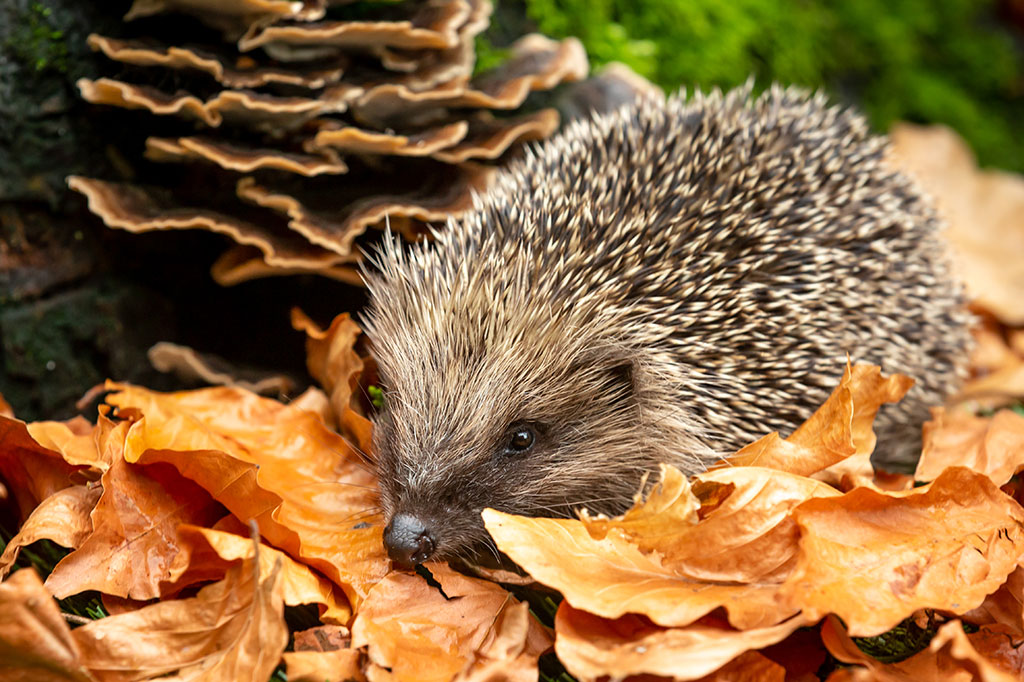
Sleeping beauty
Some of our hibernating animals, such as bats, tuck themselves in for just a few months during the winter, sometimes even waking up from time to time. Not the hazel dormouse! This tiny chap takes the prize for ‘longest lie-in’ in the UK, settling down for his hibernation in October and not stirring until April or sometimes even May.
That’s not all. If, during the late spring and summer, we experience a cold snap in this country, the dormouse nods off again! Sleeping for more than half the year might sound extremely lazy, but dormice are actually very busy little rodents, spending most of their waking hours looking for food, such as berries and nuts. In fact, a good way to find out if there are dormice nearby is to check hazelnut shells on the ground. If there’s a neat hole in the shell, with tooth marks along the edge at a 45-degree angle, then it’s a dormouse that’s been nibbling at it.
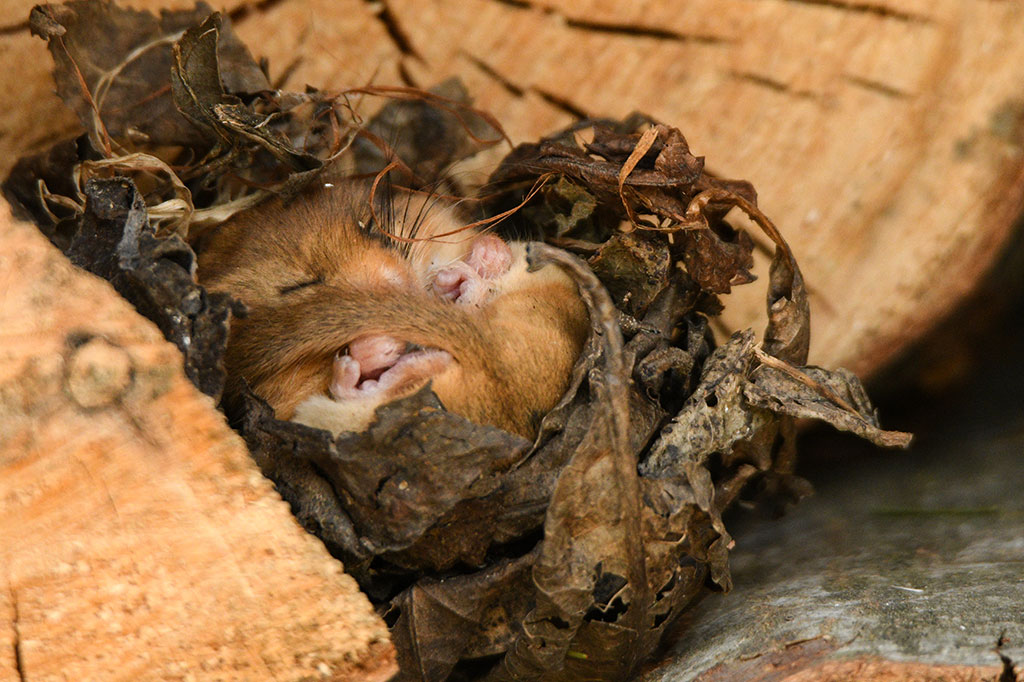
Give butterflies a home
There are about 60 British species of butterfly, and some spend the winter as eggs, while others survive as caterpillars or in chrysalis form. A few, however, get through the cold months as adults, and they’ll often try to get inside your garden shed, or the ivy on your garden wall, or even your house, to settle themselves down until the spring. The main species that you’re likely to find are the brimstone, red admiral, peacock and small tortoiseshell. If you do find one inside during the winter, either asleep, or fluttering about because the central heating has woken it up, then don’t put it outside, as the next cold day will probably kill it. One good idea is to pop it into an old shoebox. Make some holes in the box for ventilation, and cut a slot – about 1cm x 6cm – in the side. The butterfly should be able to sleep quite happily through the winter in its new ‘home’, and crawl out through the slot when it’s ready to leave.
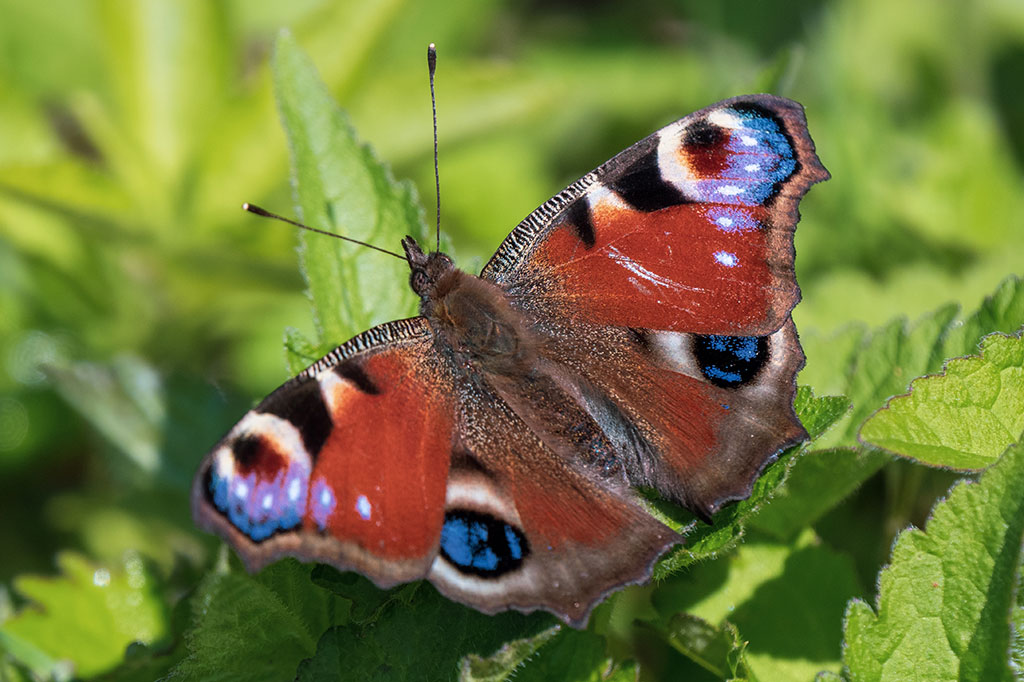
Did you know?
If there’s a compost heap in your garden, it might come in handy… for grass snakes. These gentle reptiles sometimes lay their eggs in compost to keep them warm!
